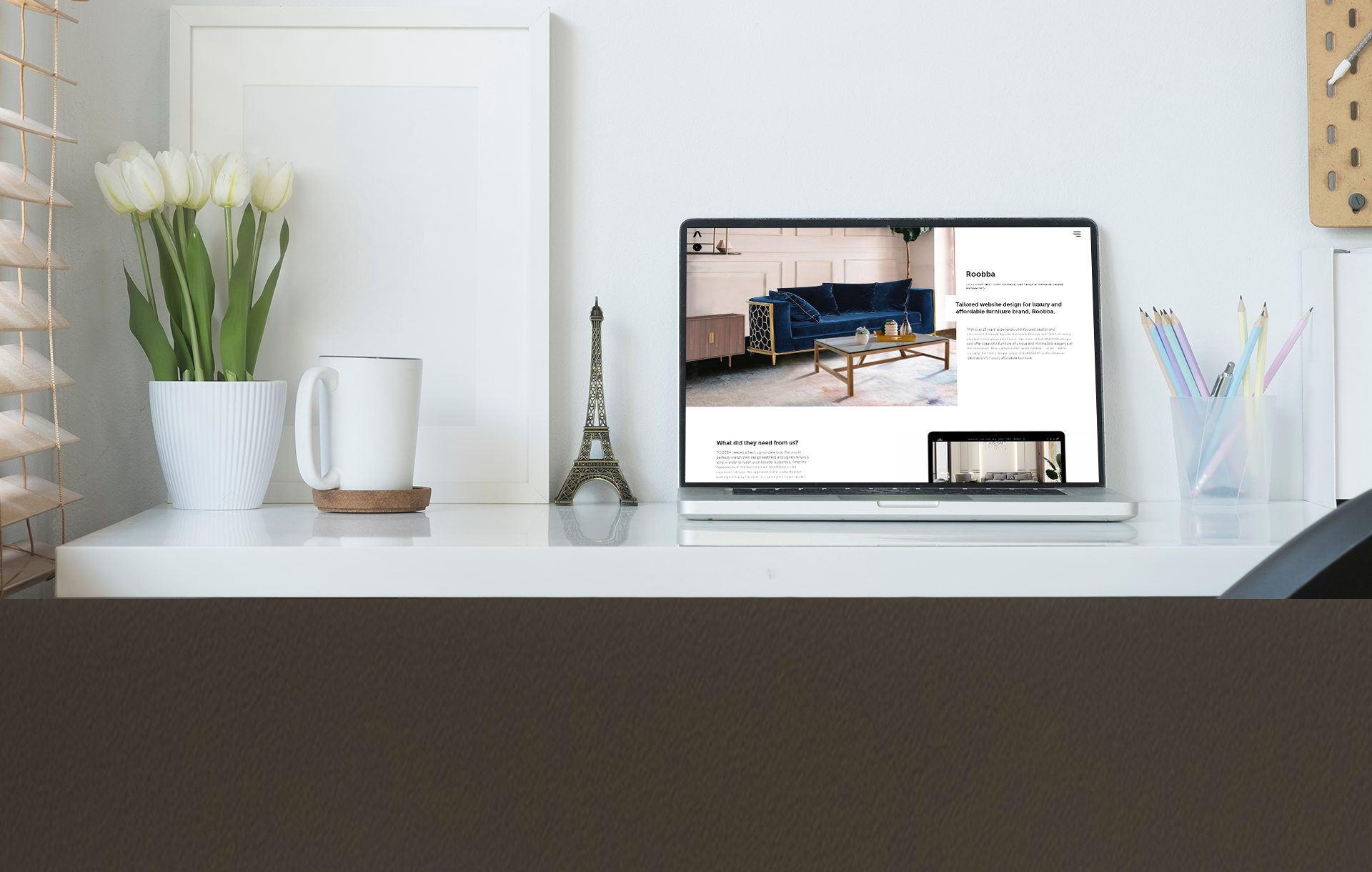Streamlining Design with Agile Processes: A Comprehensive Overview
Ever felt like the traditional way of doing things just doesn’t cut it anymore in our fast-paced, ever-evolving world? You’re not alone. That’s where Agile comes in, transforming the way we approach design.
Agile isn’t about rigid steps; it’s about fluidity, adaptation, and really tuning into what users want!
And the proof is very much in the pudding, as they say!
- 93% of agile organisations report better operational performance and customer satisfaction
- Only 9% of agile projects fail
- The agile approach has resulted in 60% of businesses growing revenue and increasing profits
So, with that in mind, let’s explore the agile design process further so you can understand what it is and how it works.
What Is an Agile Design Process?
Picture this: instead of a linear, step-by-step path to your final design, you’re embarking on a dynamic journey, where feedback, collaboration, and adaptation steer the ship.
That’s the Agile design process for you.
- A method that embraces change
- Values real user input
- Champions teamwork
In the Agile methodology process, you break down big tasks into smaller, more manageable bites – think of them as mini-missions on your quest for design greatness!
This approach lets you explore, experiment, and enhance your work continuously, ensuring that by the time you reach your destination, you’ve got something that truly resonates with users and stands out in the bustling marketplace.
At our creative design agency, we’re proud to use agile methodologies, ensuring the very best results for your business. We’re only a phone call away (+44 20 7384 3324) if you’d like to discuss this!
Agile Design Principles
Now, let’s get into the core of the Agile life cycle – the principles that light the way.
1. Embrace Change
In the Agile world, change is your friend. Got new insights or feedback? Great! Agile is all about weaving these fresh perspectives into your design, making it as current and user-focused as possible.
2. Deliver Value Early and Often
Why wait to unveil your masterpiece? With Agile, you deliver bits of value throughout the process, keeping everyone engaged and making incremental improvements that lead to a stellar final product.
3. Collaborate Like a Pro
Agile is a team sport. Designers, developers, users – everyone’s in it together, sharing ideas, feedback, and the occasional high-five. This collaboration ensures your design isn’t just good; it’s the best collective representation of your team’s genius.
4. Simplify
Agile is not about complexity; it’s about distilling everything to its essence. It’s about asking, “What’s the most straightforward, most impactful way to do this?” and then doing just that.
5. Respond, Don’t React
It’s one thing to react hastily to feedback or changes, and quite another to thoughtfully respond. Agile encourages you to take in new information, reflect, and then adapt your design in a considered, strategic way.
6. Reflect and Adapt
The Agile journey is one of continuous learning. Regularly pausing to reflect on what’s working (or not) and adapting your approach is a cornerstone of Agile, ensuring your design process is always evolving and improving.
Exploring the Benefits of Agile Design Methodology
So, you’ve got a taste of what Agile is all about. Now, let’s peel back the layers and discover the benefits of adopting this approach.
- Flexibility is king – With Agile, you’re always ready to adapt. Market trends shifted? Client threw a curveball? No sweat. Agile’s flexibility lets you pivot with grace, ensuring your designs stay relevant and impactful.
- Collaboration that sparks innovation – Imagine a world where designers, developers, clients, and users all dance to the same beat. That’s the collaborative symphony Agile creates. This harmony not only makes the process smoother but often leads to those “aha” moments where true innovation is born.
- Feedback that fuels growth – With Agile, feedback isn’t a one-time report card; it’s a continuous conversation, which everyone feels comfortable with. This ongoing dialogue ensures your design evolves in a way that resonates deeply with users, creating experiences that aren’t just good; they’re unforgettable.
- Efficiency that accelerates success – By breaking down the process into sprints, you’re not just working smarter; you’re also delivering value faster. This efficiency means you can celebrate small wins along the way and reach your end goal quicker, without sacrificing quality.
Agile Design Process – Your Blueprint for Implementation
Here’s your step-by-step guide to incorporating Agile design thinking into your business.
Step 1 – Cultivate the Agile Mindset
First things first: Agile is more than a checklist; it’s a mindset. Encourage your team to embrace flexibility, openness to change, and a relentless focus on user needs.
Step 2 – Form Your Agile Crew
Assemble a team where everyone brings something special to the table – designers, developers, stakeholders, and don’t forget the users! Think of your team as a band, each member playing a different instrument.
Step 3 – Break It Down Agile Style
Ditch the all-or-nothing approach. Break your project into smaller, manageable “sprints” or phases. Each sprint is a mini-mission, complete with its own goals and deliverables. This way, you’re not just working towards the final show; you’re creating mini-masterpieces along the way. This keeps the momentum flowing and ensures people don’t feel overwhelmed.
Step 4 – Plan, Prioritise, and Play
Kick-off each sprint with a planning session. What’s on the agenda? What’s the priority? Once you’ve got your plan, dive in! Design, create, iterate, and, most importantly, have fun with it.
Step 5 – Embrace the Feedback Loop
Feedback is your friend, your mentor, and sometimes, your reality check. Regularly present your work to users, stakeholders, and team members. Listen, really listen, to what they say. Each piece of feedback is a golden nugget of insight, helping you refine and elevate your design.
Step 6 – Reflect, Rinse, and Repeat
At the end of each sprint, take a moment to reflect. What rocked? What could be better? This isn’t about patting yourselves on the back or pointing fingers; it’s about learning, growing, and gearing up for the next round. Then, take what you’ve learned, apply it, and dive into the next sprint!
Tools and Technologies for Agile Design
To embrace Agile effectively as part of your design thinking strategy, you need the right tools. These digital gems are your allies, making the Agile process smoother, more collaborative, and incredibly impactful.
Project Management Tools
Jira
Jira helps you harmonise tasks, sprints, and team collaboration, ensuring everyone plays in sync.
Trello
With its visual boards, Trello allows you to organise tasks, track progress, and shuffle priorities with ease.
Design and Prototyping Tools
Figma
Figma is where collaboration happens in real time, allowing for instant feedback and iteration.
Adobe XD
With Adobe XD, you can prototype, iterate, and share your designs.
Instant Messaging and Feedback Tools
Slack
Slack is your key to constant communication, ensuring your team stays connected, whether about big ideas or the nitty-gritty details.
Miro
Miro is your collaborative canvas, a space where ideas can be sketched, discussed, and evolved in a visually engaging way.
Embracing these tools can transform your Agile design thinking process, turning it from a solo act into a hub of collaboration, innovation, and efficiency.
Conclusion: Embracing Agile Processes for Streamlined Design
Stepping into the Agile world is about breaking free from the old constraints and stepping into a space where design meets agility, creativity meets flexibility, and ideas evolve in real time.
By adopting Agile, you’re embarking on a journey that values progress, embraces change, and focuses relentlessly on delivering value to your users. It’s a commitment to continual learning, adaptation, and the pursuit of excellence in every design sprint.
If you would like to experience the benefits of an agile design and development process, please do not hesitate to get in touch with Appnova today!
Subscribe To Us
Our Services
Categories
Subscribe To Us
Contributors
Categories

This website uses cookies so that we can provide you with the best user experience possible. Cookie information is stored in your browser and performs functions such as recognising you when you return to our website and helping our team to understand which sections of the website you find most interesting and useful. Third party cookies such as Google Analytics is also used on this site to provide analytics in order to better understand the user engagement on our site.
You can adjust all of your cookie settings by navigating the tabs on the left hand side.
Strictly Necessary Cookie should be enabled at all times so that we can save your preferences for cookie settings.
If you disable this cookie, we will not be able to save your preferences. This means that every time you visit this website you will need to enable or disable cookies again.







0.Comments